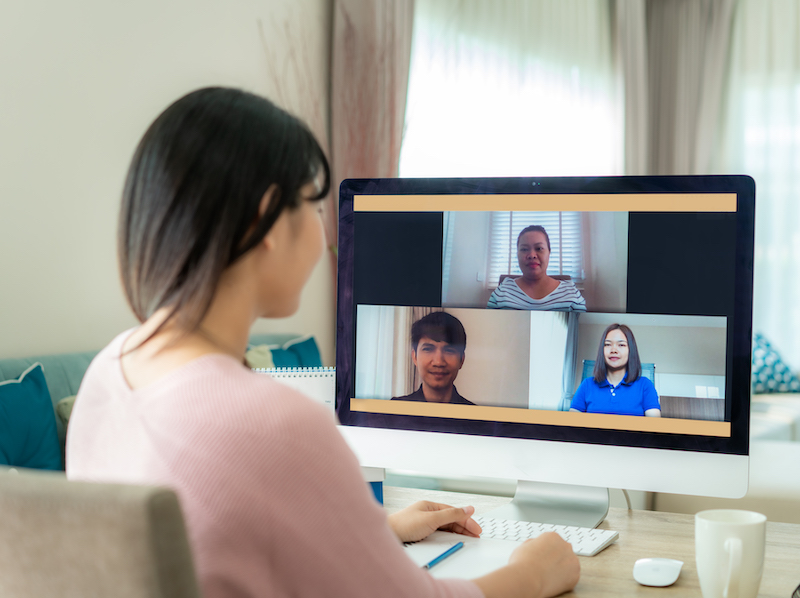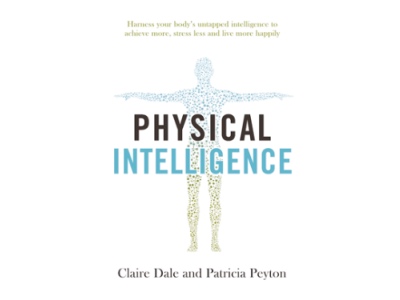 According to well-known research by Dr. Albert Mehrabian in the 1960’s, 55 per cent of communication is body language, 38 per cent is tone of voice, and seven per cent is the actual words spoken.
According to well-known research by Dr. Albert Mehrabian in the 1960’s, 55 per cent of communication is body language, 38 per cent is tone of voice, and seven per cent is the actual words spoken.
That data has been quoted and challenged in equal measure throughout the intervening years. Even the original research team highlighted that the formula applies only in certain situations, stating that, “When there are inconsistencies between attitudes communicated verbally and posturally, the postural component should dominate in determining the total attitude that is inferred.” Regardless, while no formula is absolute, researchers consistently agree that body language and tone of voice play a significant role in how the messages we send are received.
In the midst of physical distancing, we have become increasingly reliant on video-conferencing – and may have even developed a love/hate relationship with them. Even if we were already used to video conferences, many of us haven’t had to use them as extensively or for as broad a range of meetings as we do right now. On one hand, we acknowledge the benefits of being able to see our colleagues and clients – and may even crave that connection while in isolation. On the other hand, who wants to be camera ready for that 7am call or spend hours on back-to-back video conferences throughout the day? It is more physically draining to be on camera for hours compared to being on telephone calls; (Zoom fatigue is real). In a video conference environment, our body language will likely have an even greater impact on our effectiveness and will require our attention because, despite the benefits of seeing each other and reading more non-verbals, there is a still a technology barrier to be bridged. Posture, eye contact, facial expressions, gestures, and vocal tone all increase our ability to connect with clients or colleagues, build or reinforce trust, and communicate most effectively.
These tips will help:
Sit Up Straight. Posture matters – when you see yourself on screen, you shouldn’t be able to tell if you are seated or standing. Ground yourself by placing your feet flat on the floor, sitting well-anchored in your chair, closer to the edge of the seat, not leaning on the desk or back in the chair. This creates a feeling of balance that provides emotional and mental stability by lowering cortisol (stress chemical) and boosting acetylcholine (balance chemical). Relax and expand your shoulders without assuming a dominating posture. This boosts testosterone and serotonin, which helps us feel confident, communicates confidence to others and helps them feel more confident.
Look Them in the Eye. As mentioned, the ability to connect visually is one of the most significant benefits of virtual meetings. Eye contact boosts oxytocin, forging a closer connection with others, and elevating serotonin (happiness chemical). Share your video, set the expectation ahead of time that video will be shared, and encourage colleagues and clients to share their video.
- Balance looking at the faces of others with looking into the camera lens (so that it feels as if you are making eye contact). This is counter-intuitive and generally takes practice because looking at the camera usually requires looking away from the faces of those on the screen.
- Smile into the camera and make sure that your smile reaches your eyes. Smiling at yourself boosts serotonin (happiness chemical). Smiling at others boosts oxytocin, and if they smile back, you’ll get a dopamine (pleasure/need chemical) boost.
Be Ready for Your Close Up. In virtual meetings, people see us in “close up,” exaggerating facial expressions and gestures. If cortisol is high, facial expressions and gestures can become rigid, interfering with our ability to connect and collaborate, (or erratic, which can be distracting). Expressions should be friendly or neutral and gestures should be limited and purposeful. Just as others can read our body language, we can read theirs. Take advantage of the video connection to read your colleague’s or client’s body language for signs of confusion, agreement, or disagreement and investigate, as needed by addressing people by name and asking questions to gain their perspective. If working as a team, read the audience while colleagues are speaking to ensure visual cues aren’t missed. Stop sharing slides whenever possible, so that you can clearly see everyone in the meeting. Remember: You, in addition to your slides, are an important visual.
Give Your Voice a Workout. Proper projection, volume, and vocal flexibility create interest for others and capture and hold attention. Elongated vowel sounds in the English language, and in most languages, carry emotion. Clipped vowel sounds and shortened words create the impression of not caring. Say, ‘Welcome, everyone’ with short vowels, then again with long vowels. Which is more welcoming? Confidence also affects how we sound. If cortisol is too high, our voices become thin and tight, speech accelerates, and we sound more hesitant – conveying self-doubt and lack of confidence. We need vocal strength and flexibility:
- Vocal strength requires effective breath support. At least ten minutes of daily paced breathing will prepare you vocally and mentally for virtual (or in-person) meetings by helping to keep cortisol levels under control. Breathe diaphragmatically, in through the nose, out through the mouth with a steady count in and out. In and out counts don’t have to match (e.g., 3 in/4 out or 5 in/5out).
- Vocal flexibility is rooted in physical flexibility. Shoulder and neck tension, impact the sound of our voice – restricting lower frequency resonance, which gives our voice warmth and authority. Using good posture, relax your neck and do this exercise:
- One by one, lift your shoulders up in eight steps so that by the eighth step your shoulders are up by your ears.
- Tip your head back and squeeze your neck and shoulder muscles.
- Breathe in, hold for a second, then drop your shoulders down, simultaneously breathing out and balancing your head on your vertical spine.
- Repeat as needed.
 About the authors
About the authors
Claire Dale and Patricia Peyton are the directors of Companies in Motion and authors of 2020 Business Book Award-winning personal development book Physical Intelligence (Simon & Schuster), available in ebook and hardback, priced at £14.99.
If you are a job seeker or someone looking to boost their career, then WeAreTheCity has thousands of free career-related articles. From interview tips, CV advice to training and working from home, you can find all our career advice articles here.








